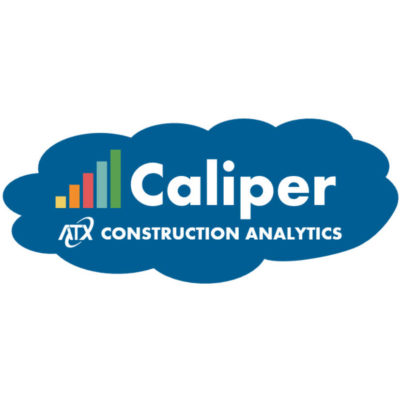By Richard Plunkett
Building a data warehouse is like saving for retirement: the sooner you start, the greater the returns. Starting early means that you can capture your company’s operational data from the beginning and paint a more accurate picture of growth over time. A data warehouse encourages companies to think about data consistency across systems and establish standard practices before data gets too messy. Finally, business intelligence initiatives can take flight sooner because the data already lives in a central location. Besides these benefits, there are options to pick a data warehouse that fulfills specific needs, making it easier to justify the cost early on.
1. Preserve the Company History
A data warehouse unifies data from disparate systems to support deeper analytics. A company may turn to a data warehouse because certain external systems only retain the data for a limited time. In this case, starting early means that no data will be lost when the system purges it, as the warehouse retains a copy of the data internally. Additionally, if a company switches systems, a data warehouse prevents permanent loss of the former system’s data if errors occur during the migration. Rather than getting less important as time passes, early data becomes critical to measure growth and predict future change. A data warehouse preserves this important data that could fall through the cracks as the company grows.
2. Create Standard Practices
When building a data warehouse, the designer analyzes how the data looks and how each data element relates to one another. If data representing the same thing looks different, such as the company’s name showing up in one system as “Company A,” another as “The Company A,” and a third as “The Company A, LLC,” the designer attempts to clean the data to make it clear that each refers to the same thing. A company might not realize the importance of consistency until it attempts to relate inconsistent data. Establishing standards around things like nomenclature will cut down on efforts to clean greater quantities of data later when an urgent need arises.
3. Expedite Business Intelligence
Young companies leverage business intelligence in the form of spreadsheets and ad hoc reports. The spreadsheets can provide a useful foundation when the companies turn towards more complex analytics. However, they will likely slow the process due their ad hoc nature, confounding report writers as they struggle to recreate the logic. A data warehouse gives structure to the ad hoc reports, making sure that they use the same data source, and will often preserve report logic in the form of views or procedures, creating a solid foundation for additional logic. Also, half the battle of advanced analytics is getting disparate data into one place. If someone maintains the data warehouse and integrates new systems as the company adopts them, analysts can get started quickly on data discovery and reporting.
4. Save Time and Money
The costs of a data warehouse can seem steep early on, but options exist to reduce the time and money needed to get it started. If your company wants to get started but does not have an immediate need for the data, pick an option with low-cost infrastructure and the ability to scale up later. If the company has limited time for internal development, pick an option with a basic design and simple integrations. Having a data warehouse early on to prevent data loss, establish data standards, and formalize ad hoc reports is more important than having a perfect one. Like retirement savings, anything you put in early will compound and pay dividends as time goes on.
For more information on how ATX can help your business with data warehousing needs, visit our data and analytics page. You can also learn more about our solutions by reaching out to me directly at richard.plunkett@atxadvisory.com.
Author: Richard Plunkett
If you are interested in learning more about BI initiatives - download our Transforming Data Into Information eBook!




